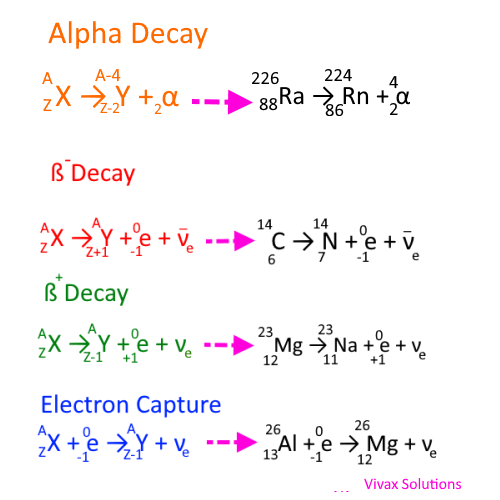Feynman Diagrams

Demystifying the Universe: A Beginner's Guide to Feynman Diagrams for Physics
Ever wondered how scientists depict the quirky world of subatomic particles? Enter Feynman diagrams! These visual tools, invented by the legendary physicist Richard Feynman, are like tiny maps that illustrate the interactions between these fundamental building blocks of our universe.
In this beginner-friendly tutorial, mainly aimed at those who learn particle physics at A Level or above, we'll embark on a journey to understand Feynman diagrams. We'll break down the core concepts, step-by-step, so you can:
By the end of this tutorial, you'll be equipped to interpret Feynman diagrams with confidence and gain a deeper appreciation for the fascinating realm of particle physics.
Ready to unlock the secrets of the universe? Let's begin with a tribute the great theoretical physicist!
- Grasp the fundamentals: Gain a clear understanding of what Feynman diagrams represent and how they depict particle interactions.
- Decode the symbols: Learn the meaning behind the lines, squiggles, and symbols that make up these diagrams.
- Visualize complex interactions: See how Feynman diagrams translate the abstract world of quantum mechanics into a clear and intuitive format.
-
Follow realistic animations: Explore practical applications of Feynman diagrams in various physics problems.
Richard Feynman, born in 1918, was an American theoretical physicist, who played a major role in the field of quantum electrodynamics(QED) with a significant contribution.
He made a great contribution in promoting particle physics as well, using his other famous skill, in addition to being a brilliant scientist - ability to teach and share his knowledge in such a way that an audience could effortlessly understands it - and enjoy it too in equal measure.
Feynman's great contribution to the QED made him a recipient to share the Nobel prize for physics in 1965.The diagrams, which he came up with to explain the interaction between the sub atomic particles, came to be known as Feynman Diagrams, left an indelible mark in his illustrious legacy for years to come.
Richard Feynman died in 1988.
Fall in love with some activity, and do it! Nobody ever figures out what life is all about, and it doesn't matter. Explore the world. Nearly everything is really interesting if you go into it deeply enough. Work as hard and as much as you want to on the things you like to do the best. Don't think about what you want to be, but what you want to do. Keep up some kind of a minimum with other things so that society doesn't stop you from doing anything at all.
This is his legacy; a collection of brilliant lectures with frequent honest admissions about finite human capacities that get in the way, when confronting nature's mysteries.
Feynman Diagrams
There are four fundamental forces in nature. They are:
- Electromagnetic Force
- Gravitational Attraction
- Strong Interaction
- Weak Interaction
Richard Feynman came up with a graphical representation of interactions, while taking into account the exchange particle or force carrier particle that plays the crucial role in them.
Feynman diagrams use a series of lines and vertices to illustrate the particle interactions. In addition, a wiggly line is used to represent the exchange particle. At each vertex, the following must be conserved:
- Charge
- Lepton Number
- Baryon Number
- Momentum
- Energy
Now, let's look at a simple Feynman diagram. It shows the electromagnetic force of repulsion between two electrons:

- The vertical axis represents time and the horizontal axis represents space.
- The total charge at both vertices remains -2.
- The first electron releases a photon to be received by the second electron, which in turn creates the force of repulsion.
- The momentum and energy are conserved. So are the baryon number and lepton numbers.
Electron Capture
Election Capture takes place when a proton from a proton-rich nucleus interact with an electron in an inner shell of the atom, just outside the nucleus.
W+ boson, the exchange particle, turns the electron into a neutrino.
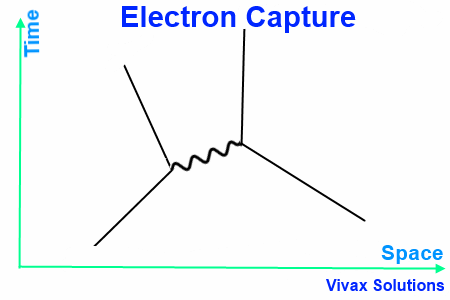
Beta Decay
When a neutron or proton in an unstable nucleus emits a beta particle, the process is called beta decay. In both cases, the exchange particle is a W boson.
β- Decay
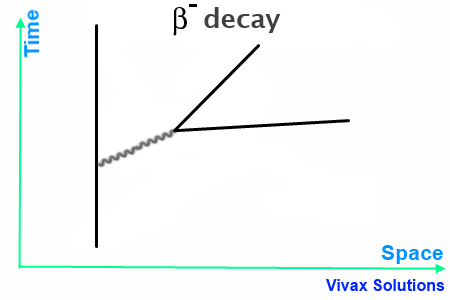
In this case, W-, released by the neutron, turns into an anti-neutrino and an electron - β- particle.
β+ Decay
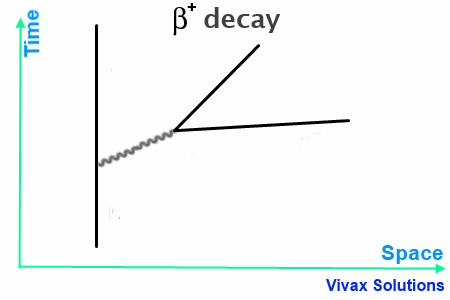
In this case, W+, released by the proton, turns into an neutrino and an positron - β+ particle.
Neutron-neutrino Interaction
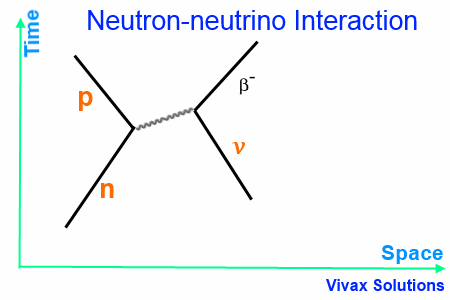
When a neutron interacts with a neutrino, a W- boson is released as the exchange particle, which in turn interacts with the neutrino to form the β- particle.
Proton-anti-neutrino Interaction
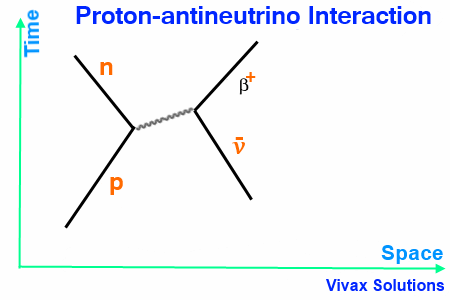
When a proton interacts with an anti-neutrino, a W+ boson is released as the exchange particle, which in turn interacts with the anti-neutrino to form the β+ particle.
Photons and W-bosons
Both photons and W-bosons are exchange particles or force carrier particles. Bosons, however, are different from photons, because,
- Bosons have non-zero rest mass.
- The range of bosons is less than 0.001 fm.
- Bosons are positively or negatively charged.
Decay Reactions in a nutshell
